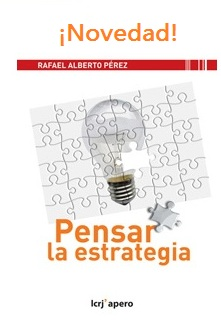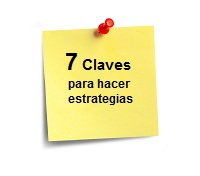In their excellent new piece in the McKinsey Quarterly, MIX co-founder Michele Zanini and Arne Gast, a principal in McKinsey’s Amsterdam office, explore a set of compelling alternatives (many of which emerged as stories on the MIX) —and make a case for cultivating the social side of strategy.
Here’s a taste of the piece:
In 2009, Wikimedia launched a special wiki—one dedicated to
the organization’s own strategy. Over the next two years, more than 1,000 volunteers generated some 900 proposals for the company’s future direction and then categorized, rationalized, and formed task forces to elaborate on them. The result was a coherent strategic
plan detailing a set of beliefs, priorities, and related commitments that together engendered among participants a deep sense of dedication
to Wikimedia’s future. Through the launch of several special projects and the continued work of self-organizing teams dedicated to specific proposals, the vision laid out in the strategic plan is now unfolding.
Wikimedia’s effort to crowdsource its strategy probably sounds like
an outlier—after all, the company’s very existence rests on collaborative content creation. Yet over the past few years, a growing number of organizations have begun experimenting with opening up their strategy processes to constituents who were previously frozen out of strategic direction setting. Examples include 3M, Dutch insurer AEGON, global IT services provider HCL Technologies, Red Hat (the leading provider
of Linux software), and defense contractor Rite-Solutions.
While such efforts are at different stages, executives at organizations that are experimenting with more participatory modes of strategy development cite two major benefits. One is improving the quality
of strategy by pulling in diverse and detailed frontline perspectives that are typically overlooked but can make the resulting plans more insightful and actionable. The second is building enthusiasm and alignment behind a company’s strategic direction—a critical component of long- term organizational health, effective execution, and strong financial performance that is all too rare.
Read the entire piece on the McKinsey Quarterly site (registration required) or download the pdf here.


 Compartir la estrategia
Compartir la estrategia


















